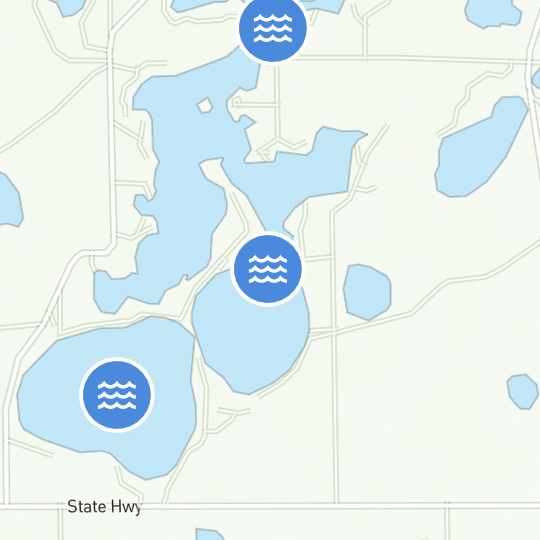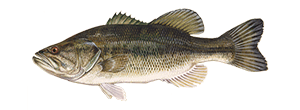Fishing Safety Tips
Follow these simple fishing safety tips to enjoy a great fishing experience with your family and friends. Prepare yourself to be safe and comfortable on your next fishing trip.
Embarking on a fishing expedition is not just about the thrill of the catch; it's also a journey into the great outdoors that demands awareness and responsibility. To ensure a safe and enjoyable experience, these fishing safety tips are indispensable guidelines for anglers of all levels. Whether you're casting from a boat or enjoying the tranquility of a riverbank, prioritizing safety is paramount. From the importance of life jackets to evaluating environmental factors and staying prepared with essentials like water and maps, these tips cover diverse fishing environments. Delve into the specifics of safety measures, from proper clothing to handling fish with care, and apply these straightforward procedures to make your fishing adventure worry-free and memorable.
Welcome to our guide on fishing safety! Whether you're a seasoned angler or just starting out, ensuring a safe and enjoyable fishing experience is essential. Follow this tips to have a safe fishing experience with your friends and family.
Follow These Fishing Safety Tips To Ensure A Safe Experience
- If using a boat to fish, your most important piece of boat safety equipment is your life jacket. For optimum fishing safety, make sure each passenger wears one, too.
- Inspect waterfronts daily—the natural environment is subject to change without notice.
- Don't fish in areas where it is not permitted. These areas have been declared “off limits” to protect wildlife, vegetation, or for your safety.
- Because fishing is practiced in a variety of environments, evaluate factors specific to fishing safety in each environment. For example, the ice fishing safety tip “avoid old ice,” is only relevant in an ice cold environment.
- Bring along extra safety items such as water, flashlights, maps, and a cell phone or radio.
- Always wear foot gear appropriate to the conditions.
- Stay dry, warm and protected from the elements. Wear a waterproof sunscreen with an SPF (sun protection factor) of at least 15. Wear thin layers of clothing that progress outward to include water and wind protection as the final layer.
- Use appropriate insect protection measures, including proper clothing and repellents.
- Keep fishing knives sharp and cover the blade when not in use.
- Handle fish carefully.
- Use caution when baiting and removing hooks.
Apply these simple safety procedures for fishing to make your fishing experience worry-free.
KEEP LEARNING

How to Tie the Non-Slip Loop Knot
The non-slip loop knot is a popular and reliable choice for securing hooks, lures, and other tackle to your fishing line.
LEARN MORE

Socials
Take me fishing social media links
LEARN MORE

TakeMeFishing x Teen Vogue
Join us on a creative journey as fashion designer Ahmrii Johnson walks us through her collaborative vision and process with Teen Vogue and fashion brand, Rentrayage, to create a special piece.
LEARN MORE


.png?lang=en-US&ext=.png)